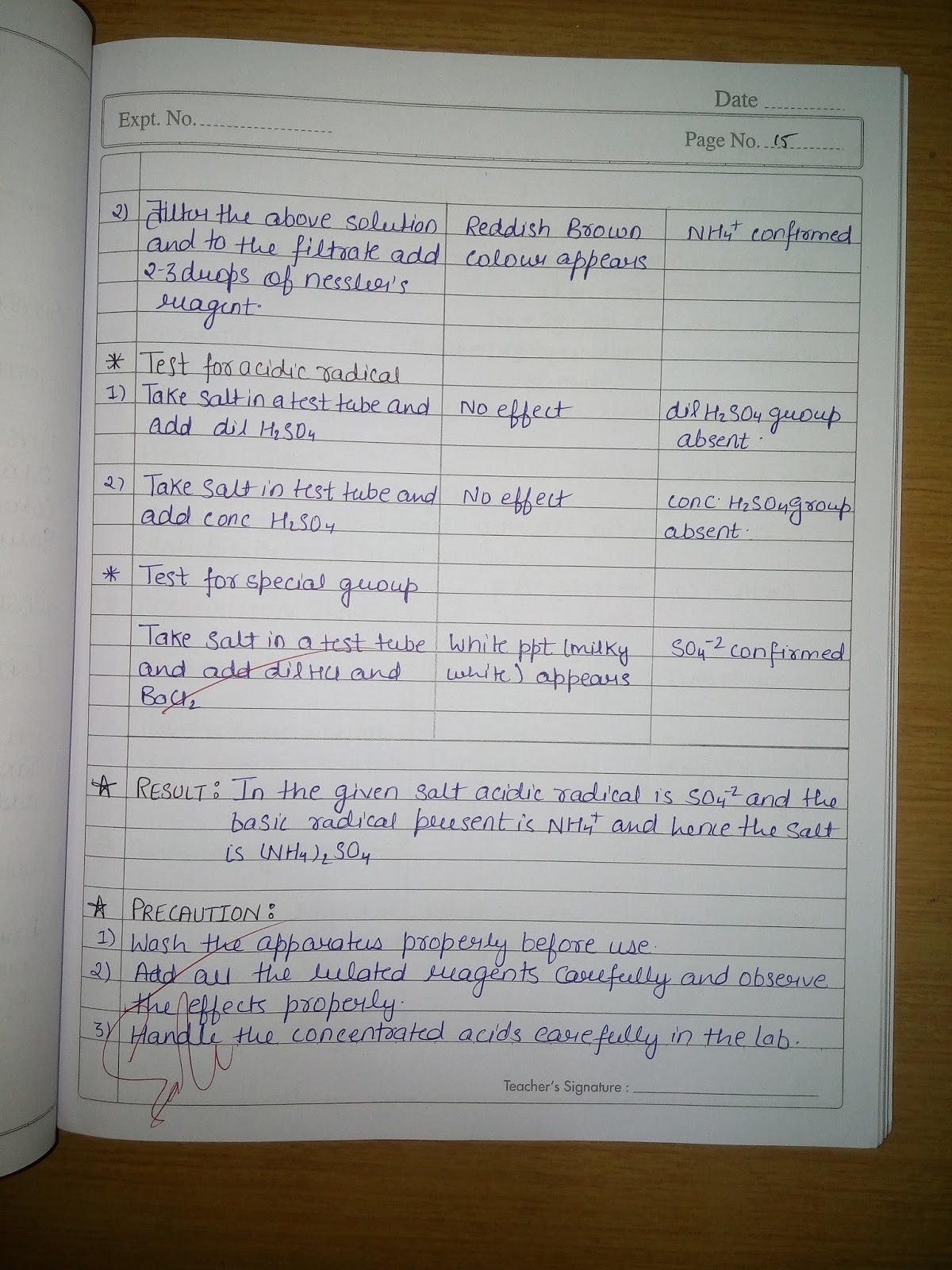
The two DNA strands then become templates for DNA polymerase to enzymatically assemble a new DNA strand from free nucleotides, the building blocks of DNA. In the second step, the temperature is lowered and the primers bind to the complementary sequences of DNA. In the first step of PCR, the two strands of the DNA double helix are physically separated at a high temperature in a process called nucleic acid denaturation. PCR employs two main reagents- primers (which are short single strand DNA fragments known as oligonucleotides that are a complementary sequence to the target DNA region) and a DNA polymerase. Thermal cycling exposes reactants to repeated cycles of heating and cooling to permit different temperature-dependent reactions-specifically, DNA melting and enzyme-driven DNA replication.

The majority of PCR methods rely on thermal cycling. PCR is now a common and often indispensable technique used in medical laboratory research for a broad variety of applications including biomedical research and criminal forensics.
AIM REACTION TEST SERIES
Using PCR, copies of very small amounts of DNA sequences are exponentially amplified in a series of cycles of temperature changes.


PCR is fundamental to many of the procedures used in genetic testing and research, including analysis of ancient samples of DNA and identification of infectious agents. PCR was invented in 1983 by American biochemist Kary Mullis at Cetus Corporation Mullis and biochemist Michael Smith, who had developed other essential ways of manipulating DNA, were jointly awarded the Nobel Prize in Chemistry in 1993. The polymerase chain reaction ( PCR) is a method widely used to make millions to billions of copies of a specific DNA sample rapidly, allowing scientists to amplify a very small sample of DNA (or a part of it) sufficiently to enable detailed study. Laboratory technique to multiply a DNA sample for studyĪ strip of eight PCR tubes, each containing a 100 μL reaction mixture Placing a strip of eight PCR tubes into a thermal cycler


 0 kommentar(er)
0 kommentar(er)
